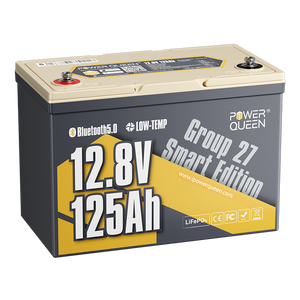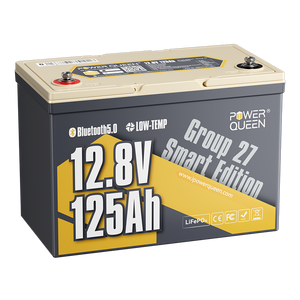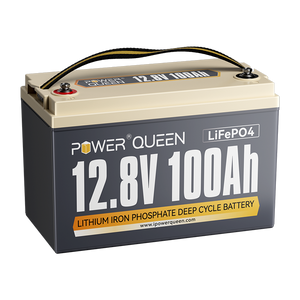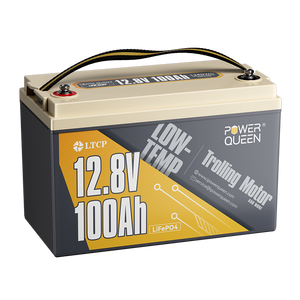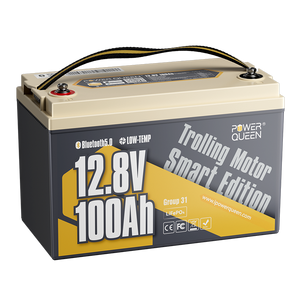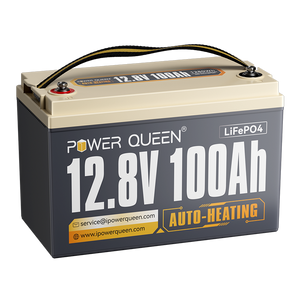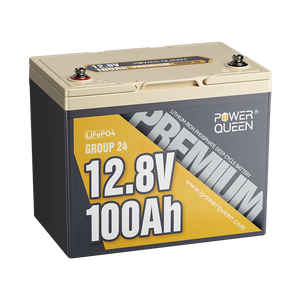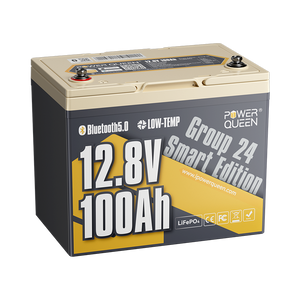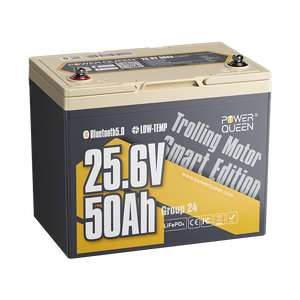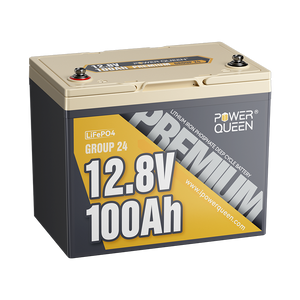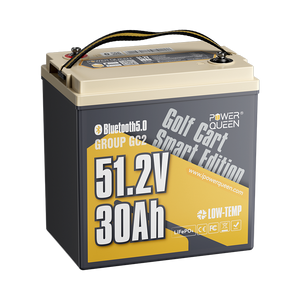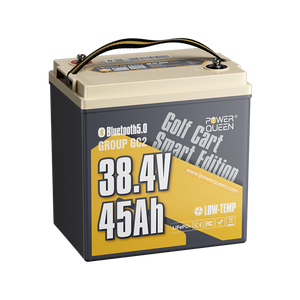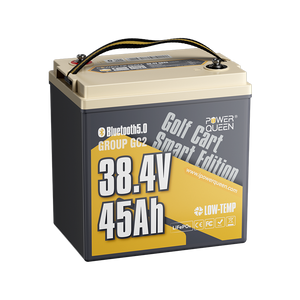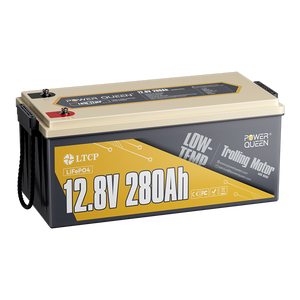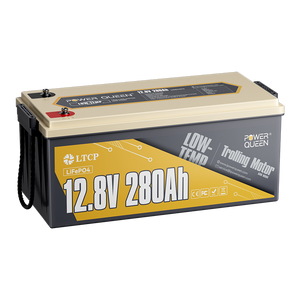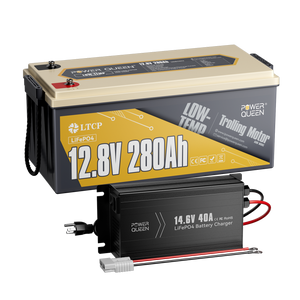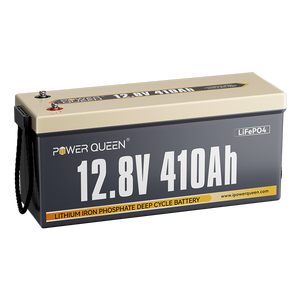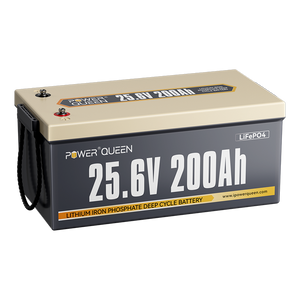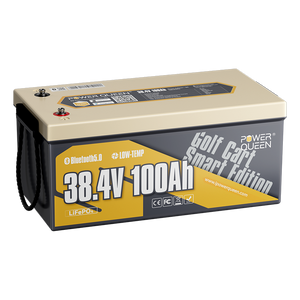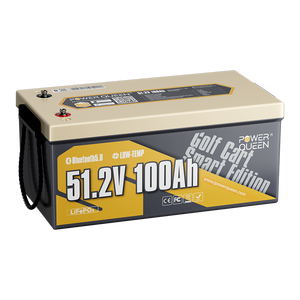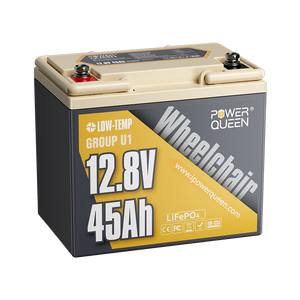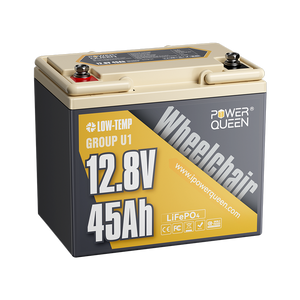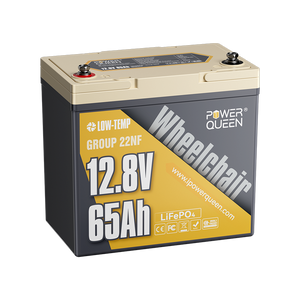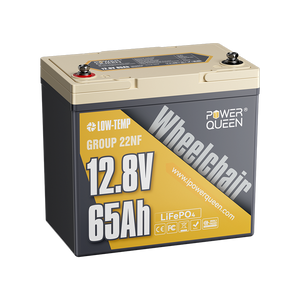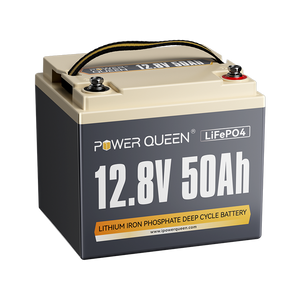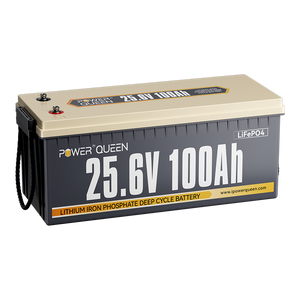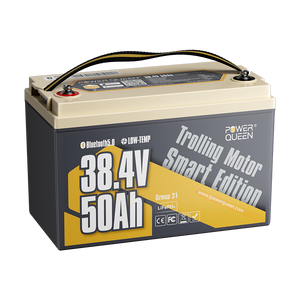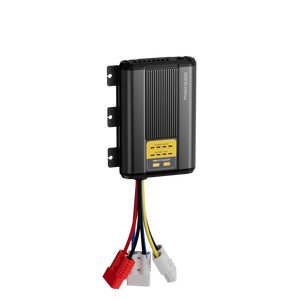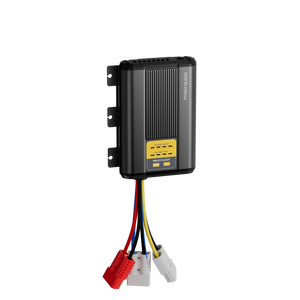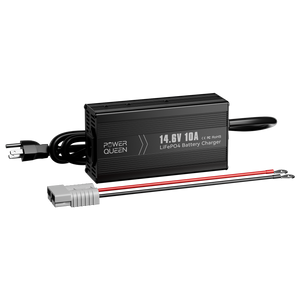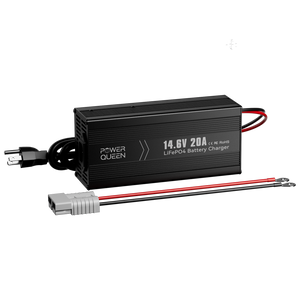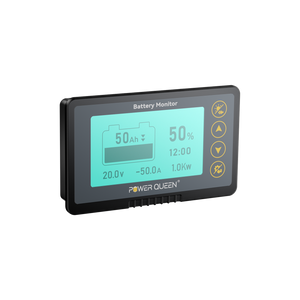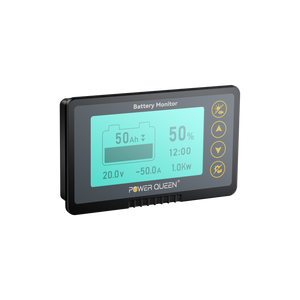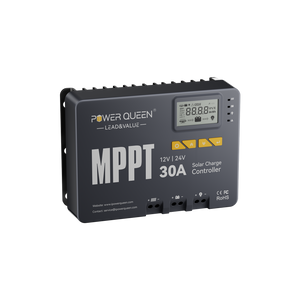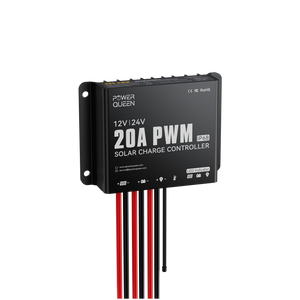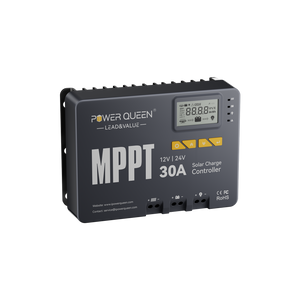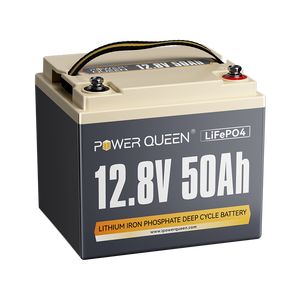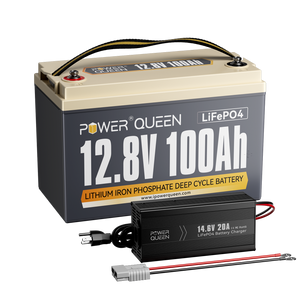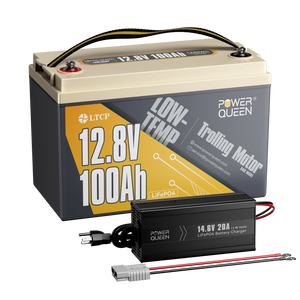How Do You Know When To Charge A Lithium Battery
Knowing when to charge a lithium battery is key to ensuring its longevity and optimal performance. Charging it at the right time—before it’s too low or overcharged—helps maintain battery health. In this guide, we’ll explore how to identify the best times to charge your lithium battery and keep it running efficiently.
Table of Content
- Part 1. Why Proper Charging Habits Are Crucial for Lithium Batteries
- Part 2. Signs That Indicate It's Time to Charge Your Lithium Battery
- Part 3. Best Practices for Charging Lithium Batteries
- Part 4. Environmental Factors That Affect When to Charge Lithium Batteries
- Part 5. How to Monitor the Health of Your Lithium Battery
- Part 6. The Role of Battery Management Systems (BMS) in Charging Lithium Batteries
- Part 7. Conclusion
Part 1. Why Proper Charging Habits Are Crucial for Lithium Batteries
Charging within the recommended voltage and temperature range helps prevent internal damage, ensuring the battery performs efficiently over time.
Avoid Overcharging
Overcharging a lithium battery can cause excessive heat buildup, leading to internal damage and a reduced lifespan. It stresses the battery’s chemistry, eventually resulting in decreased capacity and performance.
Most modern devices with lithium batteries, such as Power Queen lithium batteries, have a battery management system(BMS) that will automatically stop charging when fully charged to avoid overcharging problems. However, in order to prolong the battery life, it is recommended to avoid charging to 100% and keeping it still for a long time, especially if the device is not used for a long time.
Use Compatible Chargers
Always use chargers designed for your specific lithium battery. Using incompatible chargers can deliver incorrect voltage or current, which may damage the battery and pose safety risks, such as overheating or even fire hazards.
Suitable for LiFePO4 lithium batteries, the Power Queen LiFePO4 Battery Charger is made specifically for LiFePO4 batteries. Numerous safeguards are included in this LiFePO4 battery charger, including output short-circuit protection, reverse polarity connection protection, over-temperature protection, and user-friendly LEDs that show diagnostic data and charge status visually. The aluminum alloy used to make our LiFePO4 lithium battery charger has an oxidized surface for high hardness and oxidation resistance. The charger is kept cool by an integrated cooling fan.
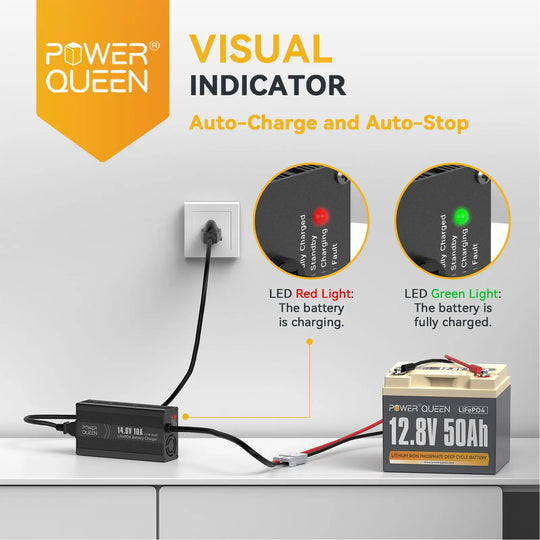
Related reading: Can I Charge a Lifepo4 Battery With a Lead Acid Charger
Moderate Temperature Range
Charging your battery within the ideal temperature range (usually between 32℉ to 122℉ or 0℃ to 50℃) is essential to prevent irreversible damage and ensure optimal performance. The Power Queen 12V 100Ah LiFePO4 Battery is designed to maintain efficiency, offering a lifespan of up to 4,000-15,000 charge cycles.
![⚡[Final $179]⚡Power Queen 12V 100Ah Group 31 Deep Cycle Lithium Battery](//ipowerqueen.com/cdn/shop/files/100_pd.jpg?crop=center&format=webp&v=1759820817&width=400)
![⚡[Final $179]⚡Power Queen 12V 100Ah Group 31 Deep Cycle Lithium Battery](http://ipowerqueen.com/cdn/shop/files/100_pd.jpg?crop=center&format=webp&v=1759820817&width=400)
By adhering to proper charging temperature guidelines, you can extend the longevity and performance of this high-quality battery.
Limit Deep Discharge
Regularly letting your battery drain to 0% can significantly reduce its lifespan. It’s best to recharge your lithium battery before it gets too low, ensuring it stays within an optimal charge level to preserve battery cycles and performance. The ideal charging range for lithium batteries is generally 20% to 80% to avoid overcharging.
Consider Partial Charging
Experts recommend charging lithium batteries up to around 80% rather than 100% to prolong their lifespan. This partial charging method reduces stress on the battery and helps maintain optimal health without compromising performance.
Part 2. Signs That Indicate It's Time to Charge Your Lithium Battery
Timely charging helps maintain battery health and ensures optimal performance, especially in devices like smartphones, laptops, and power tools.
Lithium batteries generally exhibit the following signs when they need to be recharged:
Low Battery Alert: Most devices will display a low battery alert or pop-up reminder box when the battery level drops to a certain level to remind you to charge it in time.
Slow device operation or limited functionality: When the battery level is too low, the device may become unresponsive, run poorly, or certain features (e.g., brightness adjustment, Bluetooth, etc.) may be automatically turned off to extend the remaining battery life.
Sudden shutdown or automatic reboot: If the battery level is too low, the device may suddenly shut down or reboot automatically without prior warning.
Battery icon changes: The battery icon on the device interface may turn red or blink to indicate that the battery level is very low.
Device fails to boot up properly: Some devices may fail to boot up when the battery is almost completely dead.
Battery health declines: If you regularly check the battery health status of your device, you can find that the maximum capacity of the battery gradually decreases as the battery is used for a longer period of time, suggesting that the battery needs to be replaced or recharged.
If you encounter these situations, timely charging is essential. If the battery problem persists for a long time, you may also consider checking if the battery needs to be replaced.
Part 3. Best Practices for Charging Lithium Batteries
By maintaining proper charging habits, you can prevent damage, improve efficiency, and ensure the longevity of the battery.
Use the Right Charger
Always use the charger that is specifically designed for your lithium battery type. Using an incompatible charger can deliver incorrect voltage or current, which can damage the battery and reduce its performance.
The Power Queen 12V 10A Charger Kit with 50Ah LiFePO4 battery charges your battery from 0 to 100% in just 5 hours. This lightweight kit, weighing only 15.1 lbs, is three times lighter than a lead-acid battery and offers enhanced performance with automotive-grade cells. It features a 50A BMS for protection and comes with a 5-year warranty for the battery and a 2-year warranty for the charger.
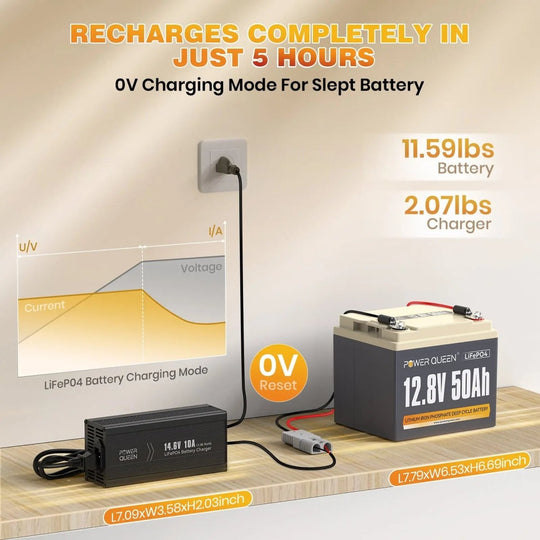
Temperature Control
Charge your lithium battery at room temperature, ideally between 68-77°F (20-25°C). Extreme heat or cold can negatively impact the battery's performance and lead to faster degradation. Avoid charging in very hot or cold environments.
Partial Charging Is Better
Instead of fully discharging and recharging your battery, aim to keep the charge level between 20-80%. This practice helps reduce wear and tear on the battery cells and can significantly extend its lifespan.
Inspect Before Charging
Before charging, inspect the battery for any signs of damage, such as swelling, leaks, or cracks. If you notice any irregularities, stop using the battery immediately and replace it to avoid safety risks during charging.
Monitor While Charging
Never leave a charging lithium battery unattended. Always monitor the battery for signs of overheating, unusual odors, or swelling, as these can indicate problems that need immediate attention. Keeping an eye on the charging process helps ensure safety.
Related reading: What Is A Battery Monitor and Why Do You Need It
Store at Moderate Charge Level
If you need to store your lithium battery for a long period, ensure the charge level is around 50%. Storing a battery at full charge or completely depleted can cause irreversible damage. Regularly check the charge level during storage.
Part 4. Environmental Factors That Affect When to Charge Lithium Batteries
Temperature, humidity, and even altitude can impact charging efficiency and battery lifespan. Understanding these factors can help optimize battery health.
Temperature Considerations for Charging Lithium Batteries
Extreme temperatures can severely affect battery performance. In cold weather, the battery’s electrolyte becomes less fluid, hindering the movement of lithium ions and reducing charging efficiency. Charging in temperatures between 5°C and 45°C (41°F-113°F) is ideal for preserving battery life.
How Storing Your Battery Can Affect Its Charge Cycle
When storing a lithium battery, the temperature is key to its longevity. Keeping it at room temperature (around 20-25°C or 68-77°F) helps prevent battery degradation. Storing it fully charged or fully drained can shorten its cycle life, so it's best to store at about 50% charge.
Humidity and Moisture: How to Protect Your Battery
High humidity levels can be harmful to lithium batteries, potentially affecting performance or causing damage. It's essential to avoid charging or storing your battery in overly humid conditions, as moisture can lead to internal corrosion or malfunction.
Part 5. How to Monitor the Health of Your Lithium Battery
Regularly checking voltage, temperature, and shape can help identify potential issues before they become serious problems. Here's how you can effectively monitor your battery's health.
Voltage: Check for Significant Drops
Using a multimeter, measure the battery's voltage and compare it to the manufacturer's listed voltage. A significant drop in voltage may indicate a damaged or worn-out battery, requiring attention or replacement to avoid further issues.
Temperature: Watch for Excessive Heat
While charging or using, it's normal for lithium batteries to generate some heat. However, if the battery becomes extremely hot or starts emitting smoke, it's a sign of a potential malfunction. In such cases, stop using it immediately to prevent safety hazards.
Shape: Look for Physical Changes
Examine your battery regularly for any lumps, bulges, or leakage. If the battery's shape has altered, stop using it immediately. These changes may signal internal damage that could pose risks to both your device and your safety.
Other Signs to Watch For
Beyond voltage, temperature, and shape, be alert for other warning signs such as strange smells, color changes, or cracking/popping sounds. These unusual signs often indicate that the battery may be faulty and needs immediate attention.
Battery Maintenance Tips
For optimal health, charge or discharge your lithium battery to about 50% capacity before storing it. It’s also crucial to charge it to at least 50% every six months, especially if you store it for an extended period. Always keep the battery in a cool, dry environment between 41°F and 68°F.
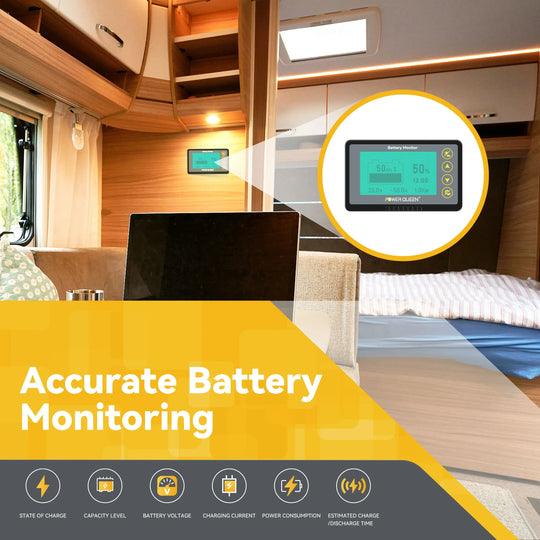
Power Queen 500A Battery Monitor with Shunt
Part 6. The Role of Battery Management Systems (BMS) in Charging Lithium Batteries
Thermal Management
Battery Management Systems (BMS) play a critical role in maintaining battery temperature. By monitoring and controlling the thermal environment, they prevent overheating, which could damage the battery or reduce its lifespan. Efficient thermal management ensures optimal performance.
Balancing
A BMS ensures that all cells in the battery pack are evenly charged. This balancing helps maintain the overall health of the battery, preventing certain cells from being overcharged or undercharged, which can lead to poor performance and premature failure.
Charge and Discharge Management
BMS oversees the charging and discharging processes, ensuring that the battery charges within safe voltage limits. This management protects the battery from deep discharge and over-voltage, helping extend its life while maintaining reliable performance.
Battery Health Monitoring
The BMS continuously monitors the State of Health (SOH) of the battery, collecting data on its performance. This helps identify potential issues before they become serious, allowing users to address problems early and ensuring the battery operates at its peak efficiency.
Voltage and Current Monitoring
BMS also keeps track of the battery's voltage and current in real-time. This monitoring ensures that both stay within safe ranges, preventing over-voltage and over-current conditions, which could lead to damage or decrease the battery's reliability and longevity.

Part 7. Conclusion
Problems with your device can be avoided by regularly checking the condition of your lithium battery and charging it on schedule. Always store your gadget in a secure location and carefully follow the manufacturer's instructions.
